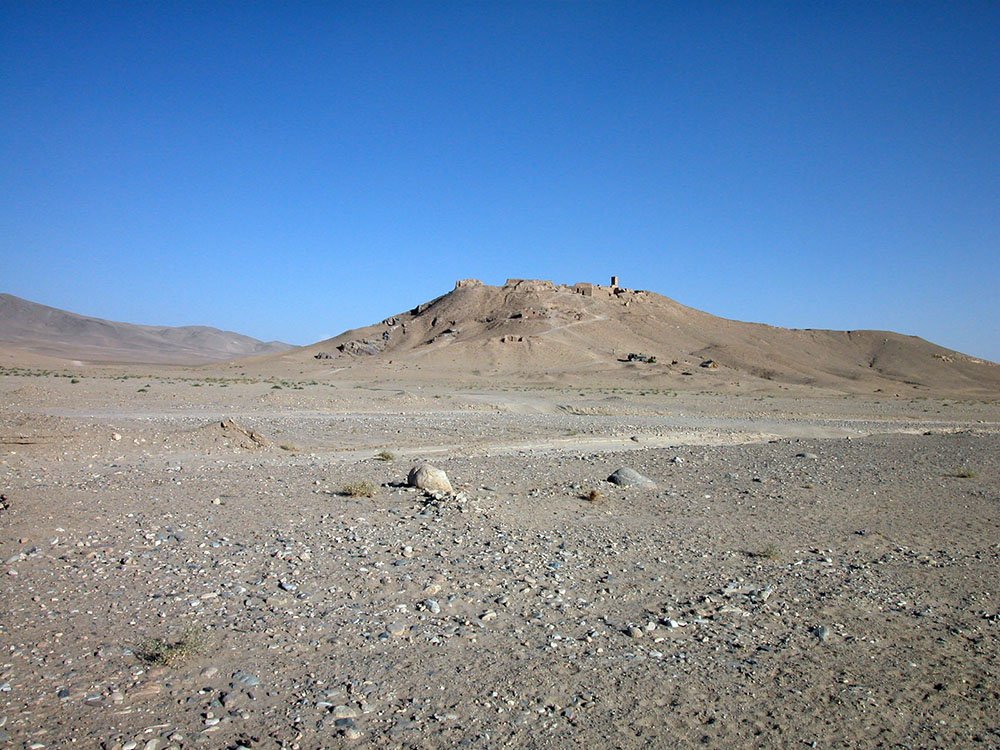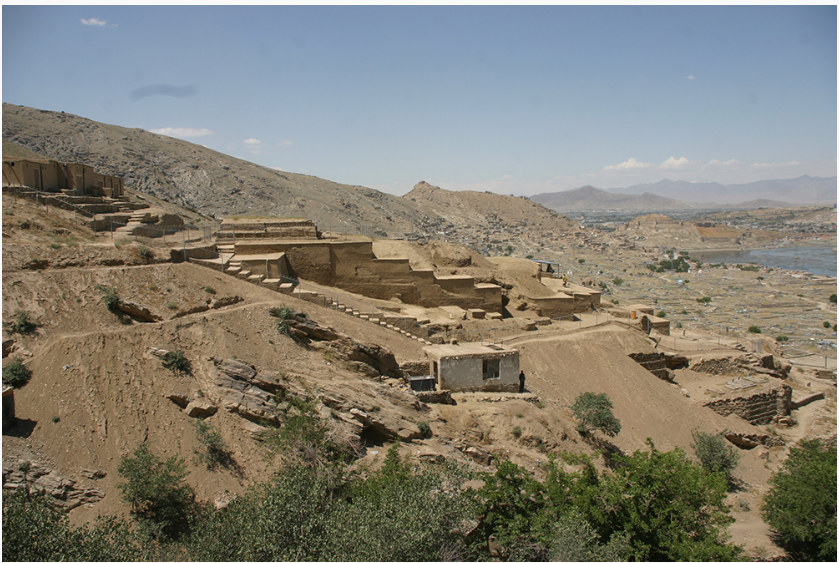Discover and read the best of Twitter Threads about #TapaSardar
Most recents (3)
2016 | This #silver rhyton discovered at #Deylaman, Northern #Iran. The inscription as well as leading art #historians identify the #artefact as representing #Durga #Mahishasuramardini
Interestingly, it gives new insights into the high-quality production of silver icons
Interestingly, it gives new insights into the high-quality production of silver icons

Its provenance is taken to be in Eastern #Afghanistan It was looted during the #Arab #Muslim raids on #Shahi and #Zunbil kingdoms of South Eastern Afghanistan in the latter half of seventh century. Its provenance beyond the #Hindu Kush is not surprising as #archaeology attests to 

Its provenance is taken to be in Eastern #Afghanistan It was looted during the #Arab #Muslim raids on #Shahi and #Zunbil kingdoms of South Eastern Afghanistan in the latter half of seventh century. Its provenance beyond the #Hindu Kush is not surprising as #archaeology attests to 

The Buddhist site of #TapaSardar
Buddhist sanctuary rises on a hill which dominates a vast portion of the Dasht-i Manara plain Ghanzi #Afghanistan. The excavation of the site, carried out by the Italian Archaeological Mission between the late 1960s and the late 1970s.
@atalbrave


Buddhist sanctuary rises on a hill which dominates a vast portion of the Dasht-i Manara plain Ghanzi #Afghanistan. The excavation of the site, carried out by the Italian Archaeological Mission between the late 1960s and the late 1970s.
@atalbrave



The site of Tepe Narenj, which literally means “orange hill”, stands on a relief that is currently denoted as Koh-e Zamburak, or “mountain of the small wasp”, situated on the eastern slopes of the #Hindukush mountain chain, only a few kilometers South of #Kabul #Afghanistan 

so far only partially investigated, it covers an area of more than four hectares and occupies a dominant position; it faces East and is quite visible from a considerable distance. The site has earlier origins, dated by pottery, paleographic and numismatic finds to the 2nd-3rd CE 



the period most intensively documented in the excavations, during which the sacred area was reworked, renovated and extended several times, dates to between the end of the 5th century CE and the 9th/10th century CE.


